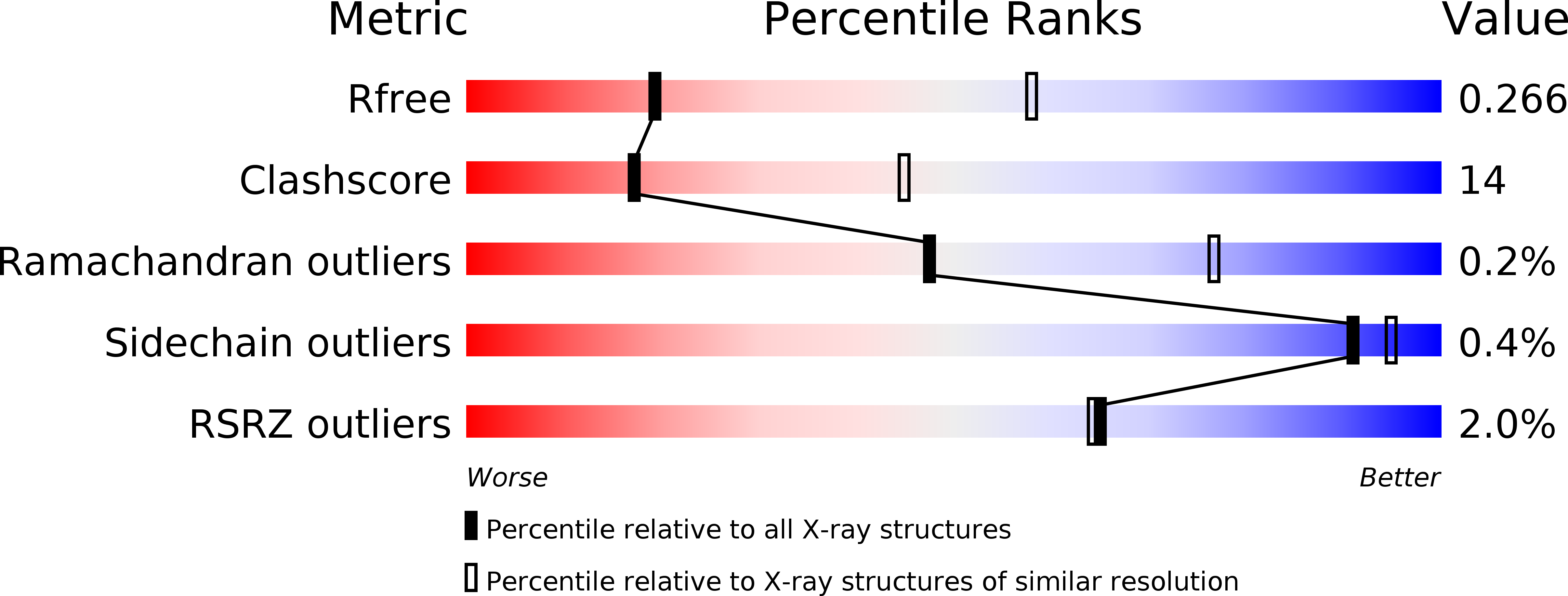
Deposition Date
2017-09-06
Release Date
2017-10-11
Last Version Date
2023-10-04
Method Details:
Experimental Method:
Resolution:
3.30 Å
R-Value Free:
0.26
R-Value Work:
0.22
R-Value Observed:
0.22
Space Group:
P 32 1 2


